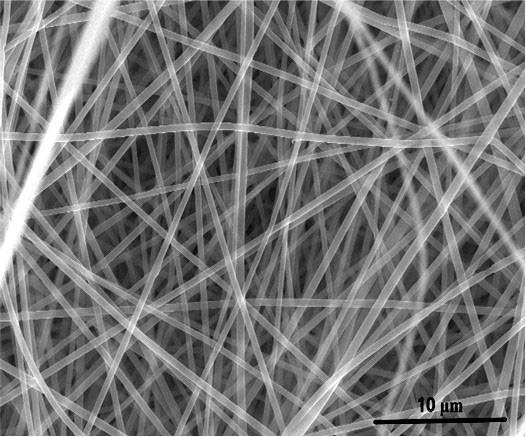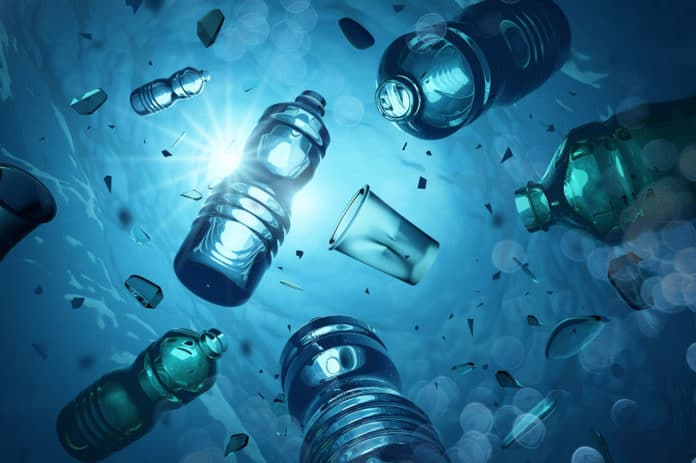Among plastics, Polyethylene Terephthalate (PET) is used on a massive scale in various sectors of industry, thanks to its qualities: unbreakable, economic, lightweight, and waterproof. But it has harmful effects on the earth ecosystem – especially the oceans, the final destination of many of them, which inevitably affect the quality of life. Therefore, recycling PET containers is important in the fight against pollution and global warming.
In this regard, engineers at the University of California, Riverside (UCR), have developed a new way to recycle plastic waste into a nanomaterial useful for energy storage. The breakthrough could reduce plastic pollution and hasten the transition to 100% clean energy.
The team, led by UCR’s Mihri and Cengiz Ozkan, first dissolved pieces of PET plastic waste, found in soda bottles and many other consumer products, in a solvent. Utilizing an electrospinning fiber production technique, they then fabricated microscopic fibers from the polymer and carbonized the plastic threads in a furnace. The material was then mixed with a binder and a conductive agent, after which it was dried and assembled into an electric double-layer supercapacitor within a coin-cell type format.

When tested, the material functioned perfectly as a double‐layer supercapacitor substance. The detailed electrochemical and analytical characterization revealed that the generated medium has combined characteristics of both double‐layer and redox reaction pseudo‐capacitance with a self‐strengthening effect along with cycling.
Although they don’t store as much energy as lithium-ion batteries, these supercapacitors can charge much faster. This makes batteries based on plastic waste a good option for many applications, such as electric vehicles, phones, or laptops.
“At UCR, we have taken the first steps toward recycling plastic waste into a rechargeable energy storage device,” said doctoral student and first author Arash Mirjalili. “We believe that this work has environmental and economic advantages, and our approach can present opportunities for future research and development.”
The team further plans to tune the final material to have improved electrical properties, by doping the electrospun fibers prior to carbonization with various chemicals and minerals such as boron, nitrogen, and phosphorous.
“The upcycling of PET plastic waste for energy storage applications could be considered the holy grail for green manufacturing of electrode materials from sustainable waste sources,” said mechanical engineering professor Cengiz Ozkan. “This demonstration of a new class of electrodes in the making of supercapacitors will be followed by a new generation of Li-ion batteries in the future, so stay tuned.”
Journal Reference:
- Upcycling of Polyethylene Terephthalate Plastic Waste to Microporous Carbon Structure for Energy Storage. DOI: 10.1002/est2.201
